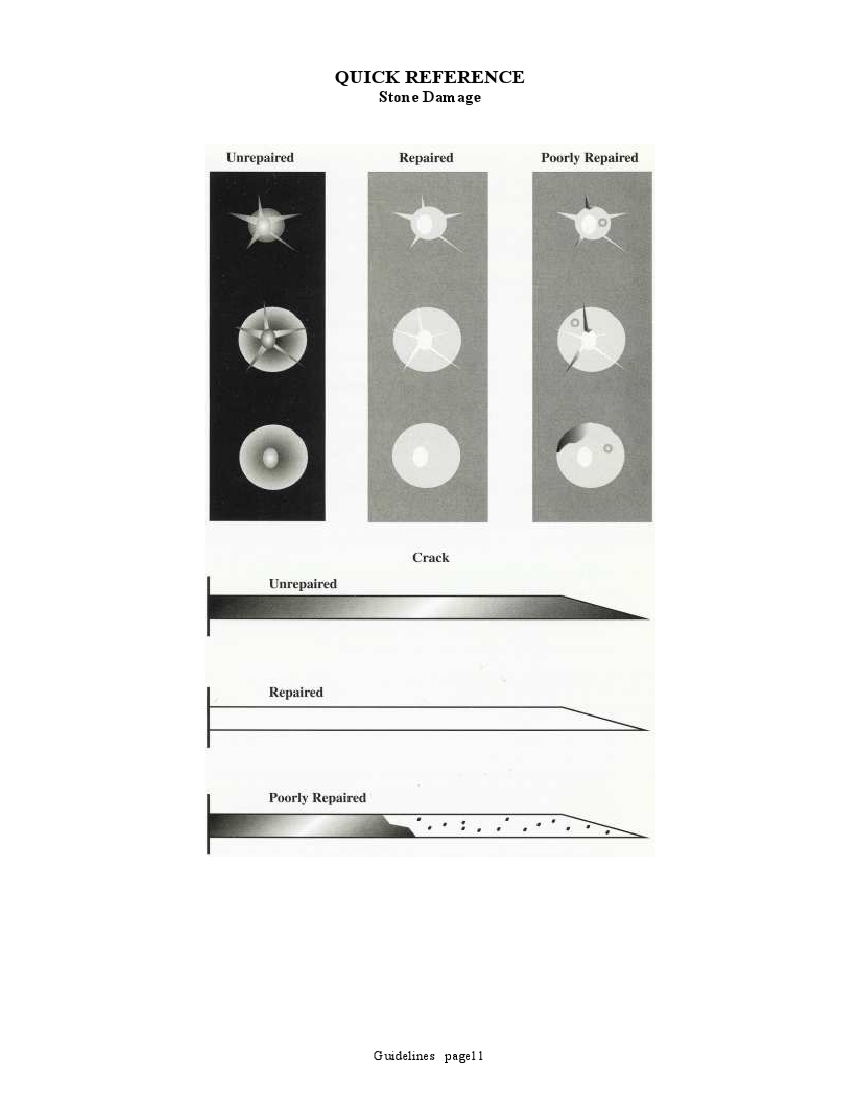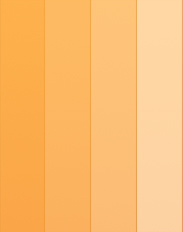|
|
| 
 |
|
We're Quality Driven-Not Price Driven!
With all the hours you spend on the road, getting an occasional nick or scratch on your windshield is inevitable. Even large cracks can happen in the blink of an eye. Damaged glass isnt just unattractive, it can also be unsafe. When your windshield or windows have sustained damage, its important to have them replaced or repaired as soon as possible.
Knowledge is power, so knowing a little about auto glass might help in the decision-making process.
Windshield Construction
A car windshield is made up of two pieces of glass that are separated by a layer of "PVB" (polyvinyl butyrate) that essentially 'glues' the two pieces together (also known as "lamination").
This has several benefits, the most important being that in the event of a crash, it is much more difficult for objects outside a car to get in, or passengers to go out, through the windshield, and the windshield is unlikely to shatter into small pieces. This layer can also help block out harmful UV rays through the addition of tinting as well as insulate against noise.
Types of Damage
Typically, cracks occur when a rock or other road debris gets kicked up by a car in front of you, and hits your windshield. This will often result in a "starburst" pattern (small cracks leading away from where the rock hit), or one long crack (most often if the rock hits the edge of the windshield).
Bullseye of stone break: The dark circle encompassed by and surrounding the impact point. Typically any small radiating clucks will converge into the bullseye. This is an open air space. The darkness is caused by light refraction in this open area.
Chip: Damage to glass caused by a rock (or other object) that causes a small piece of glass to come off the windshield.
Combination Break: When there are multiple types of breaks in a windshield, such as a chip with rays of cracks.
Cosmetic Blemish: Small voids or air bubbles in the interior of any repair which appears as light refraction or dark spots. This specifically excludes the impact point.
Crack: A single line of separation in the outer layer of glass, with a microscopic gap, widest at the edge and narrowest at the point.
Edge Crack: A crack that starts within 2" of the edge of the windshield, or where the crack meets one of the four sides of the windshield. It normally forms immediately, and starts at 10-12" long.
Extending Crack: A leg of a stonebreak extending past the outer circumference of the bullseye, less than 3" in length.
Floater Crack: A crack that starts in the middle of the windshield (anywhere that is not within 2" of the edge of the windshield).
Half Moon: Damage to glass caused by a rock (or other object) that is similar to a bull's eye crack, but not completely circular.
Horizontal crack: A short or long crack which commonly runs to the edge of the left or right side of the windshield.
Impact point: The actual location on the outside layer of glass which was struck, usually by a stone. Typically, a small piece of glass is missing. It is the size of this area of missing, or pulverized glass that generally determines the visibility of the resulting repair.
Long Crack: A crack over 6" in length.
L-shaped crack: A short or long crack which typically comes off an edge and changes direction after a few inches.
Leg: Reference to a single crack usually less than 3" in length which emanates from the initial bullseye of the stone break. Star breaks are so called because of the multiple legs emanating from the center.
Partial Bullseye: - Same as Half Moon.
Point of crack: The opposite of the edge, the tightest part of the crack terminating within the body of the windshield.
Pit: Impact point.
Star Break: See Stone Break
Stone Break: A sub-surfaced break on the outer layer of windshield glass, typically coin size and containing small radiating or extending cracks. Stone breaks are commonly referred to as star breaks, bullseyes, or combination breaks.
Stress Crack: A crack that occurs without anything hitting the windshield, typically due to a large variation in the temperature (such as when the car is sitting in the sun, and then you start it and use the air conditioning). It almost always starts at the edge of the windshield. Stress cracks will normally be a straight (or slightly bending) line, and will not have any sign of impact. A "pen test" is often used to determine if there is a stress crack -- a ballpoint pen is run along the crack, and if it dips anywhere, it is not a stress crack. That is because with a stress crack, no glass =actually comes off the windshield.
Tip of crack: The ends of the cracks radiating from a stone break.
Vertical Crack: A short or long crack which runs up and down, typically off the top or bottom of the windshield. Repair of vertical cracks which traverse the acute area are not recommended.

 |
|



